Almost as long as there have been men in the territory now known as the municipality of Vila do Bispo, there have been millstones to grind grains and make bread or other foods. Therefore, it is not surprising that, in the new Vila do Bispo Museum, which opens its doors this Saturday, there are millstones from different periods, from Pre-History.
And the museum itself was installed in the old building of the National Federation of Wheat Producers, built in the 40s on the Eiras site, which, until the 80s of the last century, functioned as a granary to store the municipality's production. Hence the Vila do Bispo Museum has another name: Celeiro da História.
«We have, in fact, many grinding systems over time. We could even call this a Móseu», jokes Ricardo Soares, archaeologist at Vila do Bispo City Council and responsible for the museology project.
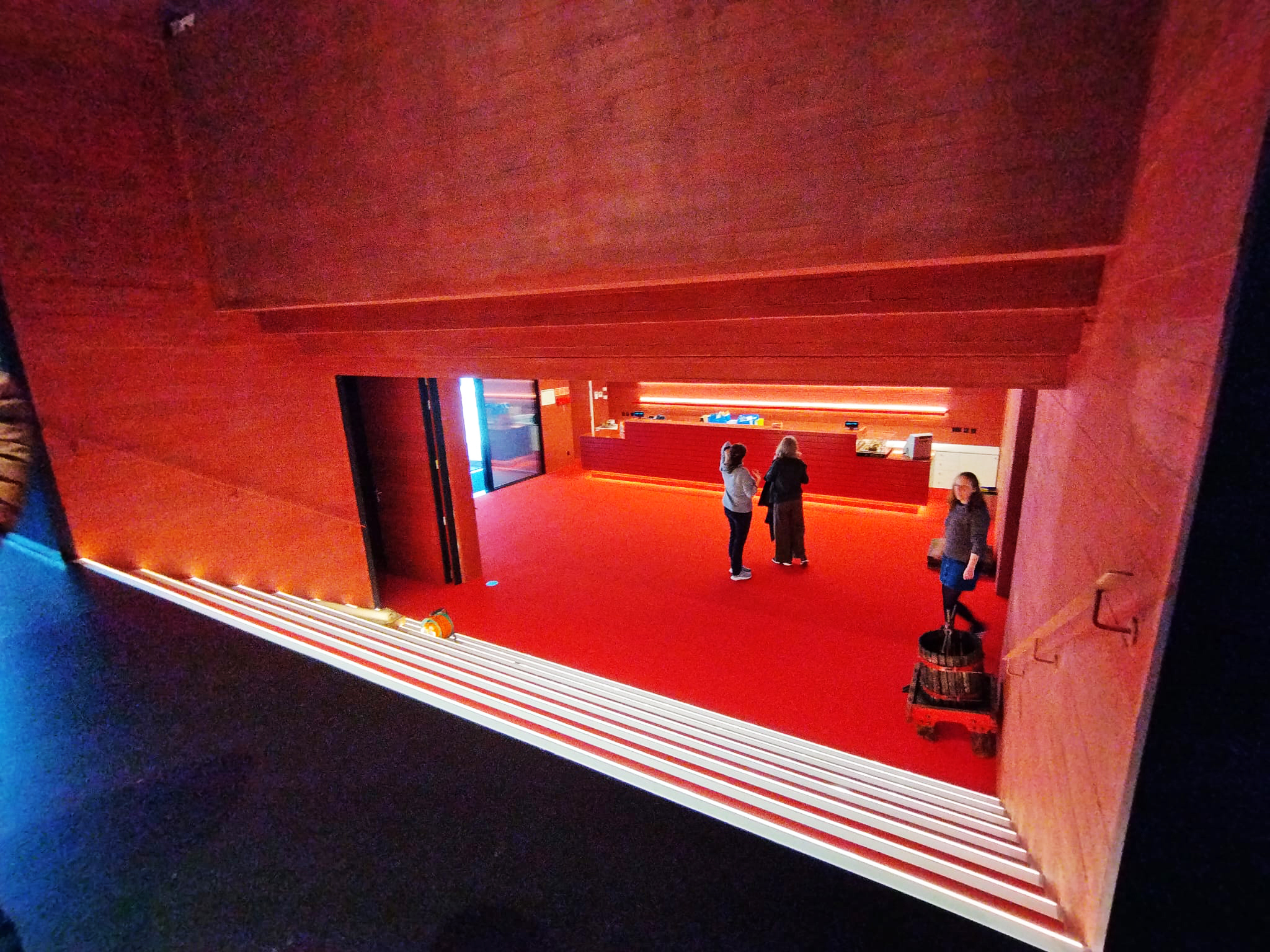
O Sul Informação visited the Museum some time ago, when the installation of the pieces that will tell 400 million years of stories from this territory was just beginning. The large building is red and gray on the outside. The red marks the new area, now built, and evokes «the color of the sandstone that marks Ponta do Telheiro», a geological monument in the municipality, as the archaeologist explains. Gray marks the old FNPT buildings.
Many of the walls, both outside and inside, have marks from the formwork boards in the concrete in which they were built. Ricardo Soares says that this is intended to remember «the table that divided the cereals inside the barn».
Inside, in a large space marked by a very dark colored background, the collection of this territory Museum will shine, starting with rock samples, examples of the municipality’s geological wealth, continues with the dinosaur footprints present in several locations, namely Salema beach (and here recreated with illustrations by Luís Taquelim). «We want to try to convey the idea that the history of the Earth is much greater than the history of humanity. We only arrived here yesterday, at the end of the day», emphasizes the archaeologist.
The men finally arrive and their first landmark is the Neolithic shelter of Vale de Boi. There will be some objects discovered during archaeological excavations directed over more than 20 years by Nuno Bicho, such as the lion phalanx (Were there lions in the Algarve 34 thousand years ago?).
Moving on to the Mesolithic, shell workers appear. «It has always been seafood and fishing since there are records in the territory», highlights Ricardo Soares. Then, agriculture arrived, 6500 years ago. And the Museum tells this story, showing many utensils, including sickles made with wood and flint.
One room is dedicated to Megalithism. Vila do Bispo is one of the areas in Portugal with the highest concentration of menhirs. One of the pieces that will be shown for the first time is a menhir stele discovered during an excavation in the Raposeira area. But there are other examples.
Even without existing property For the Museum, Vila do Bispo City Council has been committed to making the municipality's vast geological and archaeological heritage known to the community for several years now, starting with students from local schools. One of the pieces now on display is a small prehistoric votive adze, made of fibrolite, a rock that only exists in the Serra Morena, in Spain, many hundreds of kilometers from the Algarve.
The small piece was offered «by a kid I met in Heritage classes, here at school. His father is a hunter, he found this stone and gave it to the boy, who, because he was aware of the subject, saw that there was something of archaeological value there. We made an exchange: he gave me the adze, I gave him some rarer rock samples».
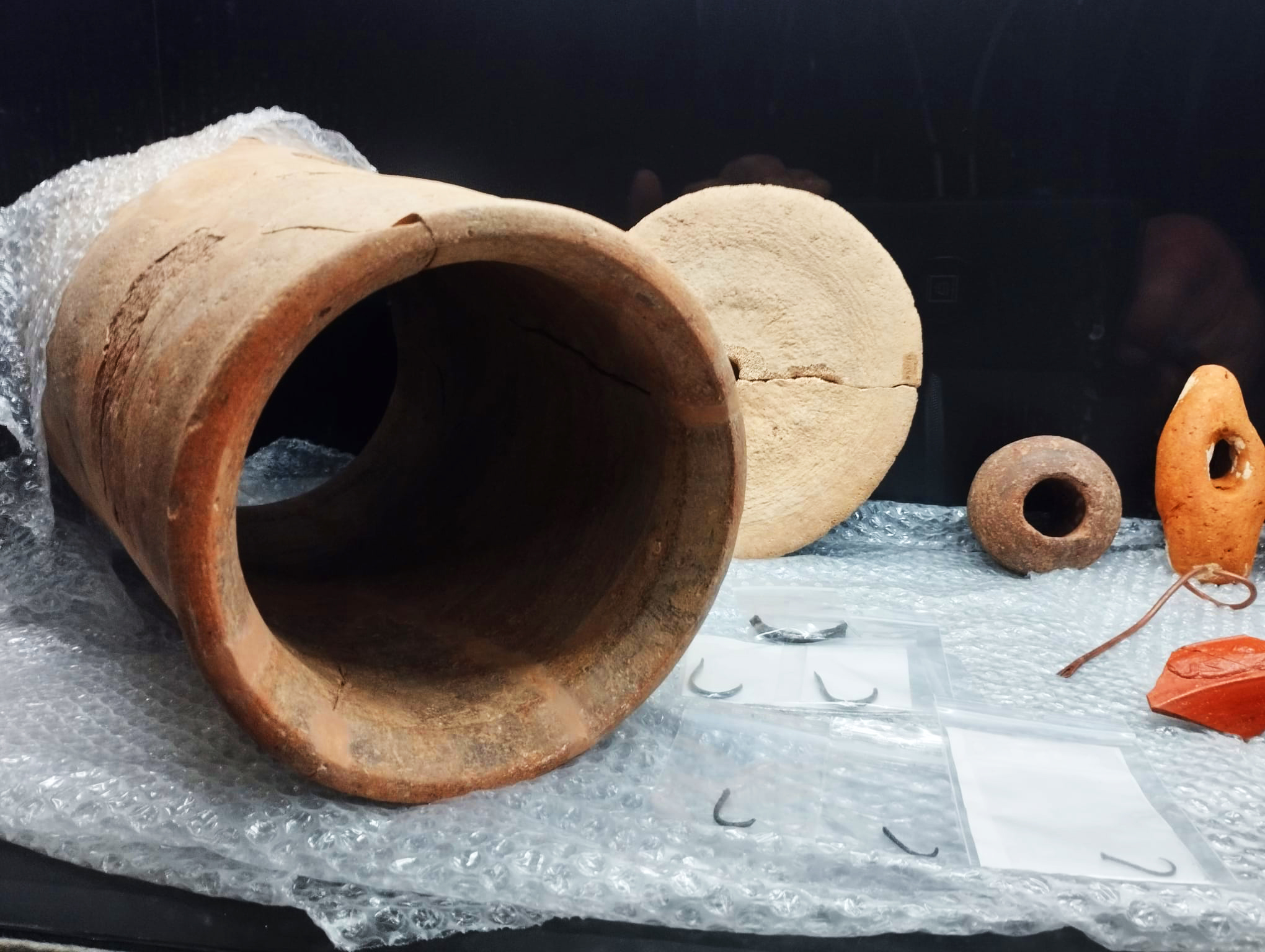
Moving forward in time, in the space dedicated to the Roman era, the mosaic raised from the mouth of the river (and which now returns to the municipality) or a more discreet but very interesting piece: a horizontal ceramic tenement. The Romans had tenements like these in the walls, to attract swarms of bees, as if they were dovecotes.
There are also Islamic pieces, medieval pieces (such as a tombstone covering a grave with a Jewish inscription and symbolism), pieces from the early modern period. And here we come to an unavoidable figure in the history of Portugal and the municipality: Infante D. Henrique.
«I confess that the figure of Infante doesn't attract me much, but I have to admit his importance. Here in the municipality, he was important at least in two fundamental periods: at the founding of Vila do Bispo and then, in the last century, in 1960, during the celebrations of the 500th anniversary of Infante's death, when the biggest campaign of works of that the municipality has already been targeted: it was the road, the restoration of the fortress, the City Council building», says Ricardo Soares.
«We thought: how are we going to treat Infante?» And the answer was, almost as a provocation, to recreate a classroom from the 60s, referring to the infamous School of Sagres, which never existed, but which persists in national mythology. «It's the Sagres school, deconstructing it», explains the archaeologist.
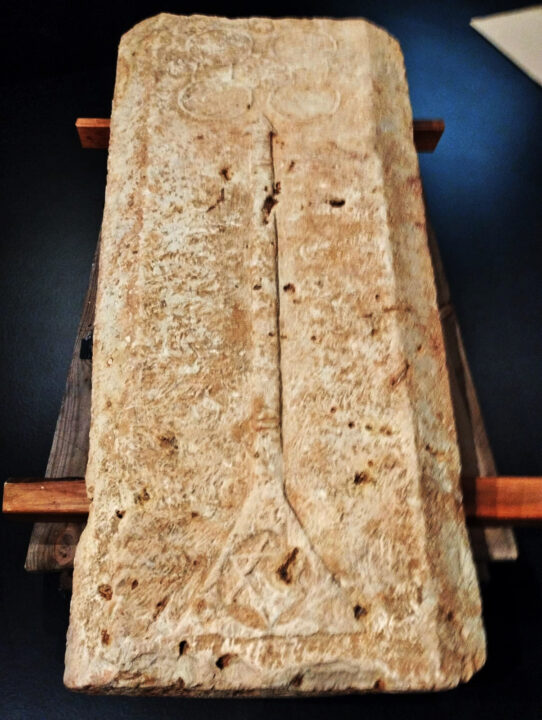
On this journey through the history of the territory, there will be an empty space, this Saturday, the day of the inauguration. The space dedicated to the sinking of the French flagship L'Ócean, near Boca do Rio, in August 1759. The ship, which burned and sank after fighting against British ships, left many traces on the seabed, from cannons to everyday objects. But the pieces that were supposed to come to Vila do Bispo, despite the process having started in 2016, with a protocol with the then General Directorate of Cultural Heritage, have not yet arrived. Why? The DGPC was extinguished at the end of the year, giving way to two new entities and, in the midst of all these changes, the Municipality of Vila do Bispo has still not managed to have the parts delivered to it...
But this is not the only shipwreck remembered in the History Barn. You ship sinkings serving the allied forces, by the submarine SM U-35, of the Imperial German Navy, in World War I, They are part of the story being told here, with some very curious pieces to observe.
From the 1958th and XNUMXth centuries, there is an interesting ethnographic collection, which refers to a life divided between the land (agriculture) and the sea (fishing, seafood). But there are also agricultural machines that are almost unique in the world, such as a sorting machine, which belonged to the FNPT, registered in XNUMX. Made of wood and metal, the machine, made in Italy, was used to choose cereal according to its size. «It was completely restored, it can work», says Ricardo Soares.
Finally, the Museum arrives at the present day: and the board bodyboard with which the local athlete Joana Schenker became world champion of the sport, in 2017, is one of the pieces to tell this story that is written every day.
There is also a small auditorium with 50 seats, designed for schools and educational services, as well as exhibition areas, reserves and offices for the team. At the entrance, welcoming visitors, will be a bronze sculpture by Teresa Paulino, called «The hug».
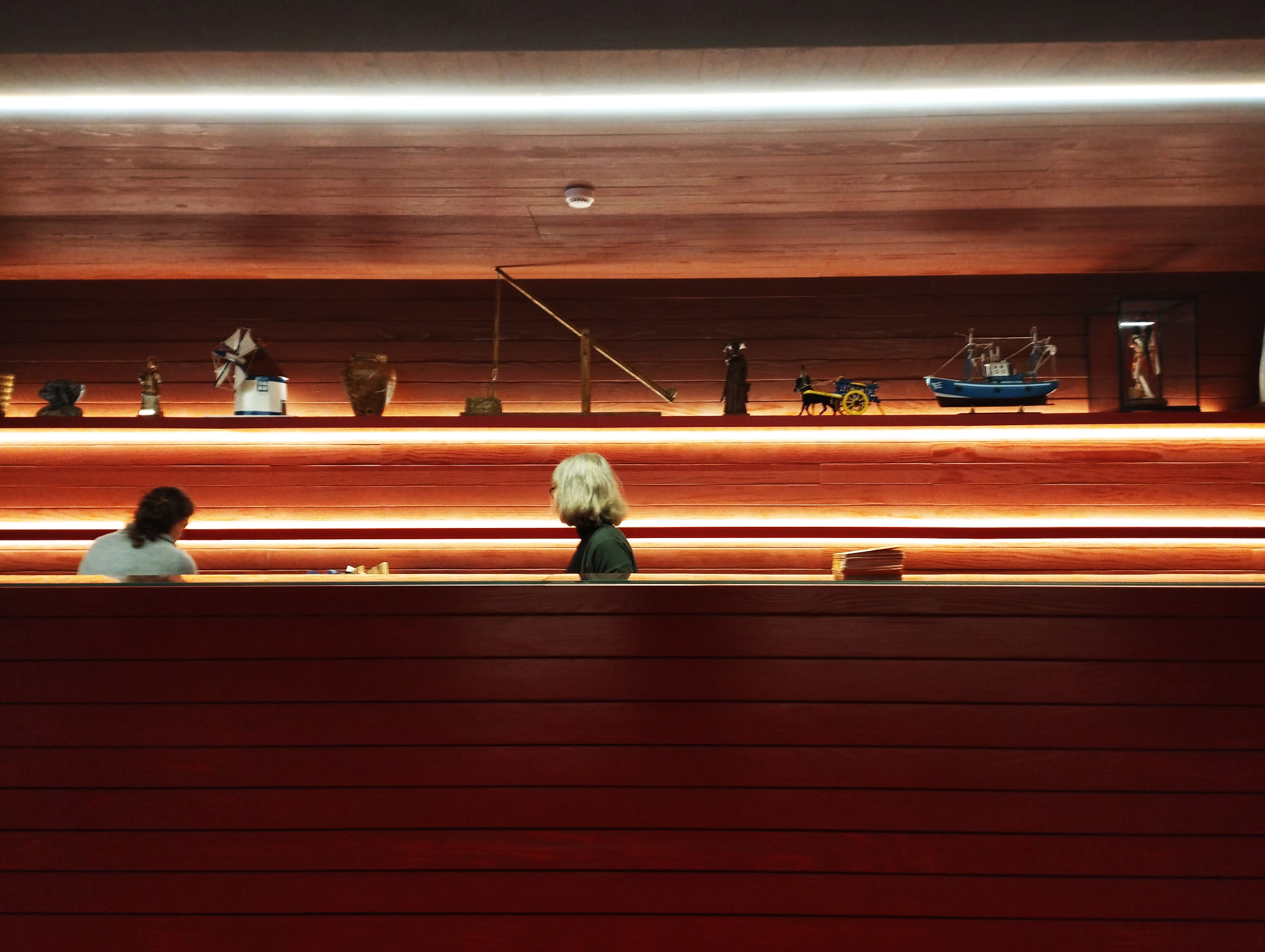
The Vila do Bispo Museum – Celeiro da História is the result of a lot of work done over decades, especially in recent years. «We have had several multi-year projects, for example, in Boca do Rio, in Vale de Boi, but also the Terrestrial and Underwater Archaeological Charter or the PaleoCoast project, which combines speleology and archaeology, once again terrestrial and underwater», highlights the archaeologist .
Ricardo Soares makes a point of highlighting that this Museum was born from a «participatory and inclusive process» and that starts with the name. «People have always called this a barn and that is what it will continue to be called: a barn of history».
The educational service, which has been working with children for years, will continue its task. And there will be, until the end of January, four guided tours per day, in Portuguese and English, «since 60% of our community is foreign».
Furthermore, to reinforce its connection to the community, the Museum store will have local products for sale, be it handicrafts, honey, fig cheeses or other things. «We don't gain anything from this, it's really direct support for local producers».
As this is “a landscape museum”, it extends outside the walls of the main building. In this context, partnerships will be made with current or future local companies, which will undergo training at the Museum. «In the end, given their good practices, these companies will be certified by the Museum». And a visitor who wants to learn more about something they heard about at the Museum, in the area of flora, fauna or archaeology, will have at their disposal a list of certified companies that will provide this service and will be, in essence, «an extension of the Museum on the ground».
Putting all this together has so far cost around two million euros, a very significant effort on the part of a City Council that is not exactly rich. But the objective is to create a new attraction in the municipality so that tourists are not limited to a quick visit to the Sagres Fortress.
Photos: Elisabete Rodrigues | Sul Informação
A Museum “always moving”
With the official opening of the Museum this Saturday, at 11 am, and the community party, scheduled for Sunday, at 00 pm, in the surrounding area (weather permitting), a cycle comes to a close.
But the Museum's work does not end. «Things are always moving and we have plans to continue the Museum», reveals archaeologist and museologist Ricardo Soares.
Using funds from Algarve 2030, the project involves treating the entire surroundings of the building, connecting it in a more harmonious way to the neighboring football field, creating a picnic area and a community threshing floor, which can be used for cultural and recreational activities, involving people with the Museum.
But the project also involves creating more space for reserves and a large space to showcase the large agricultural implements that are museum pieces, such as a huge and rare Tramagal mechanical threshing machine, offered by a large agricultural house in the municipality and where a lot of wheat was threshed in the fertile fields of Vila do Bispo.
What will be launched is the Museum's website, which will have several interesting features, such as podcasts telling the history of the main pieces.
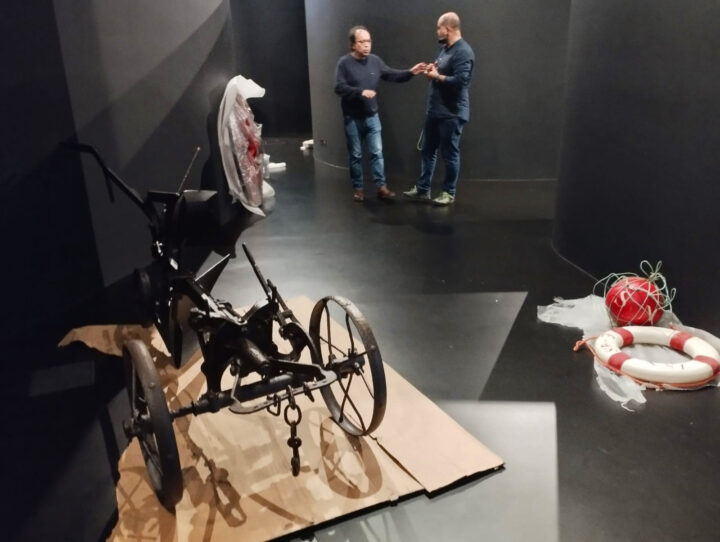
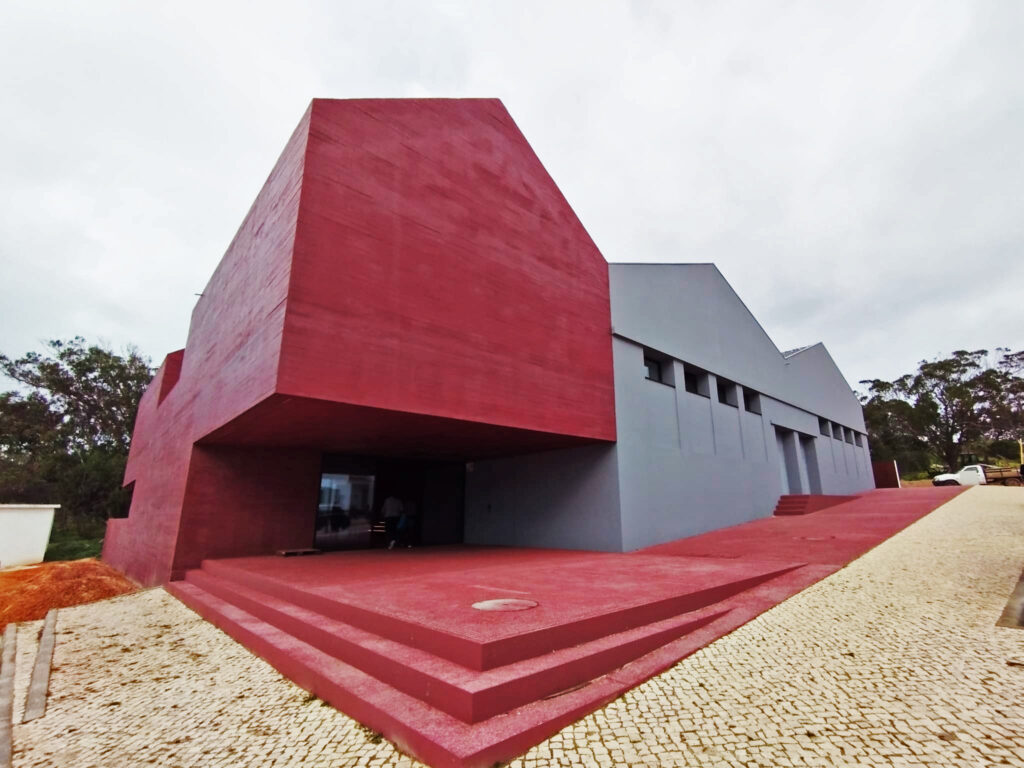
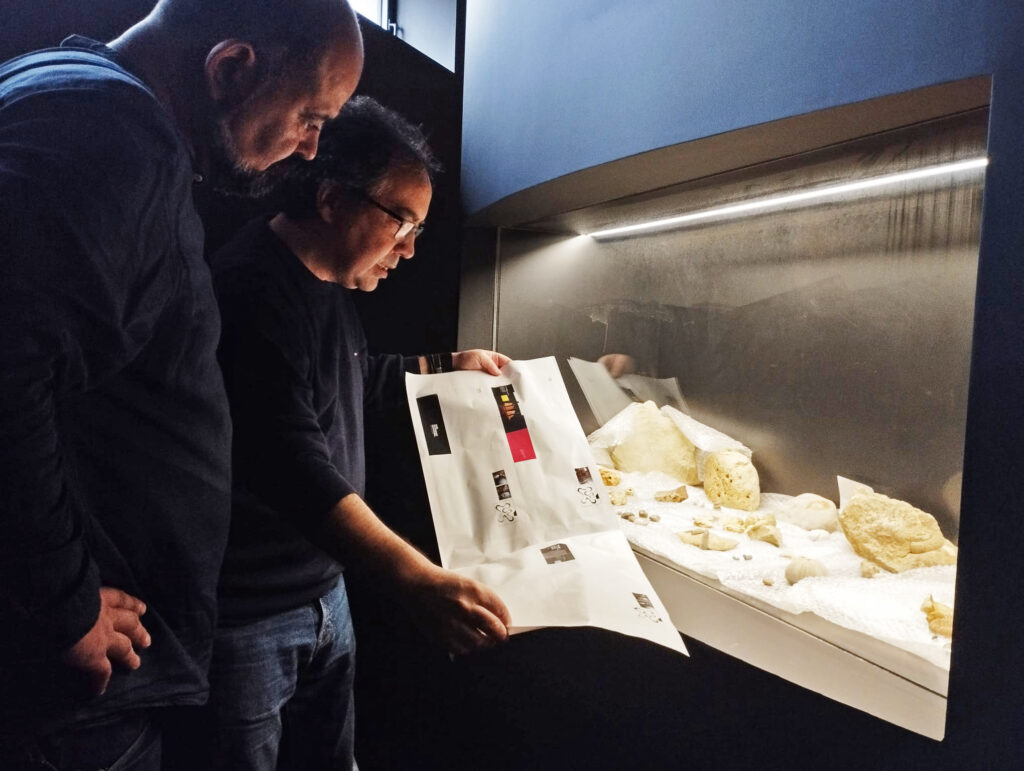
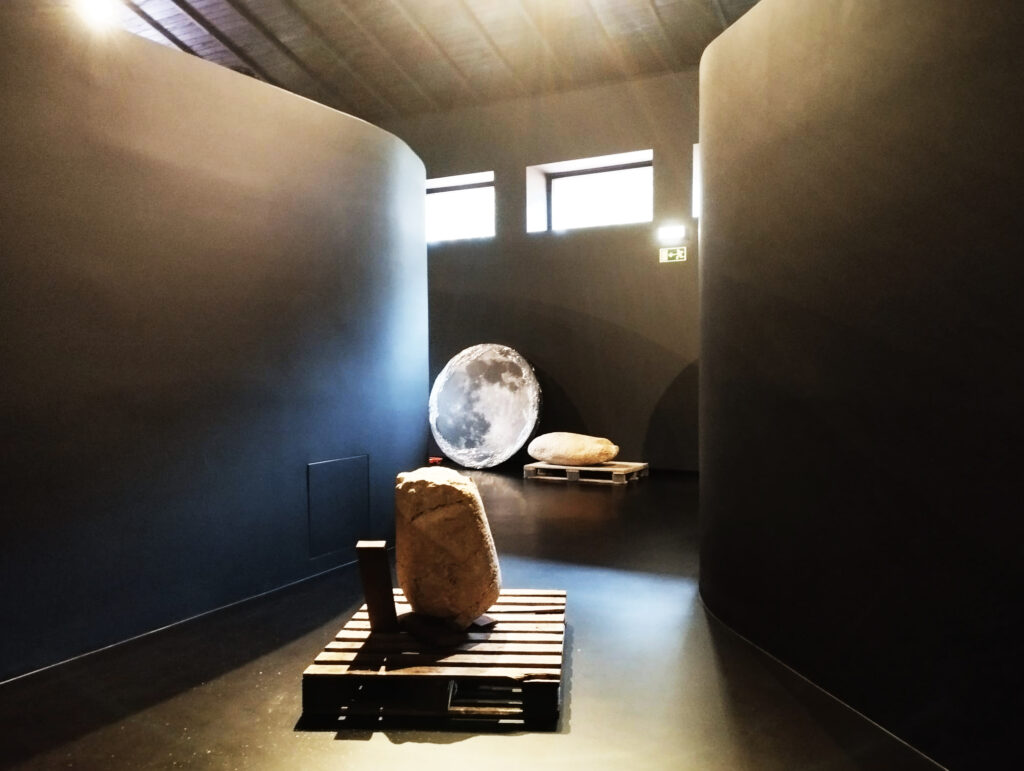
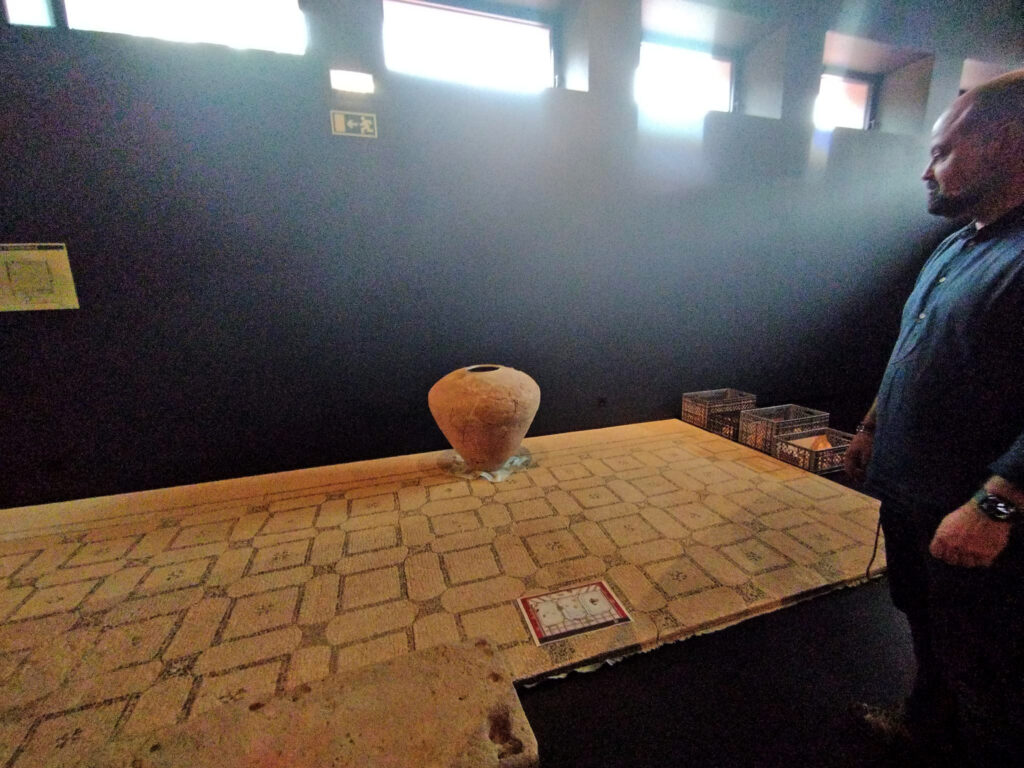
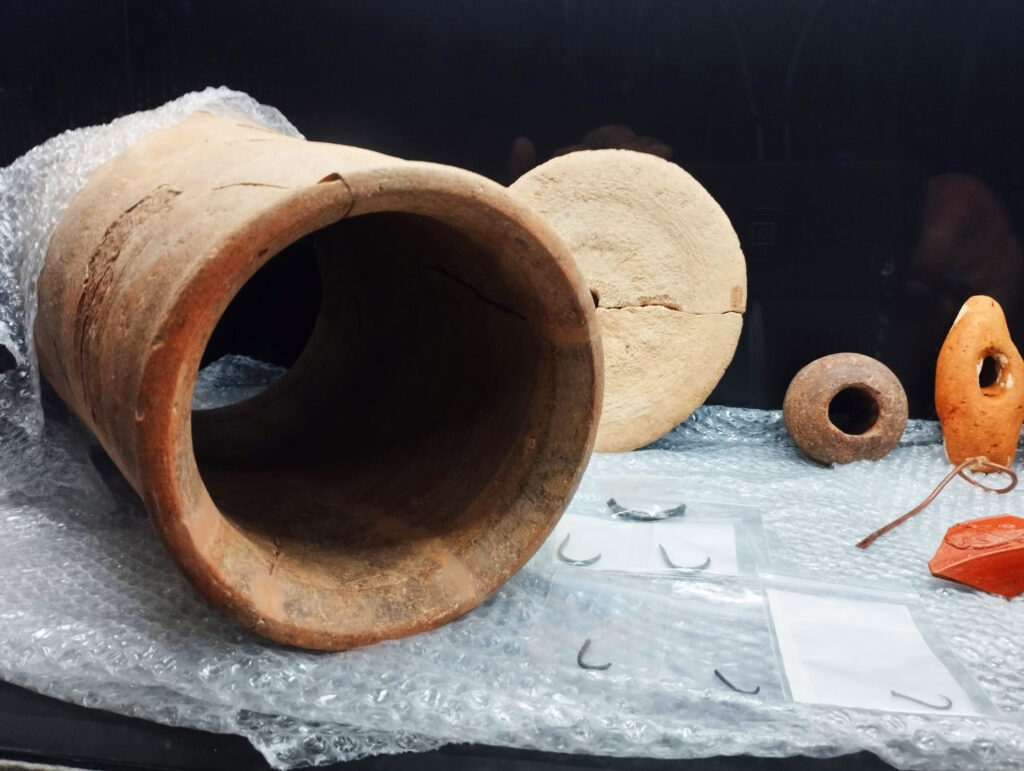
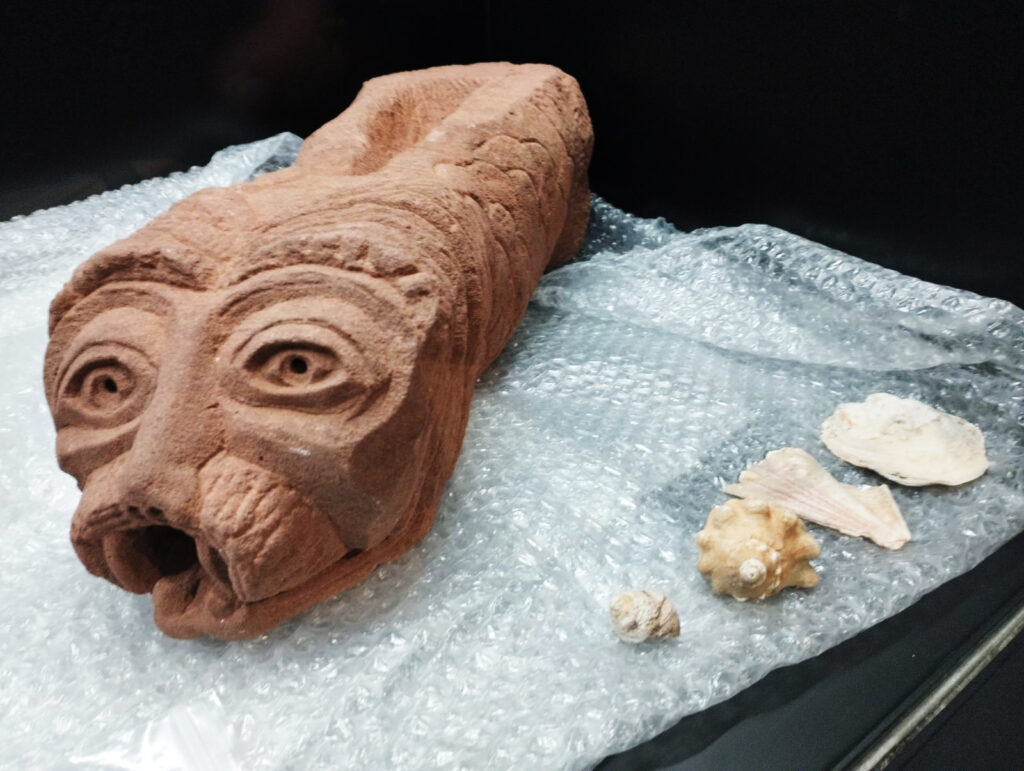
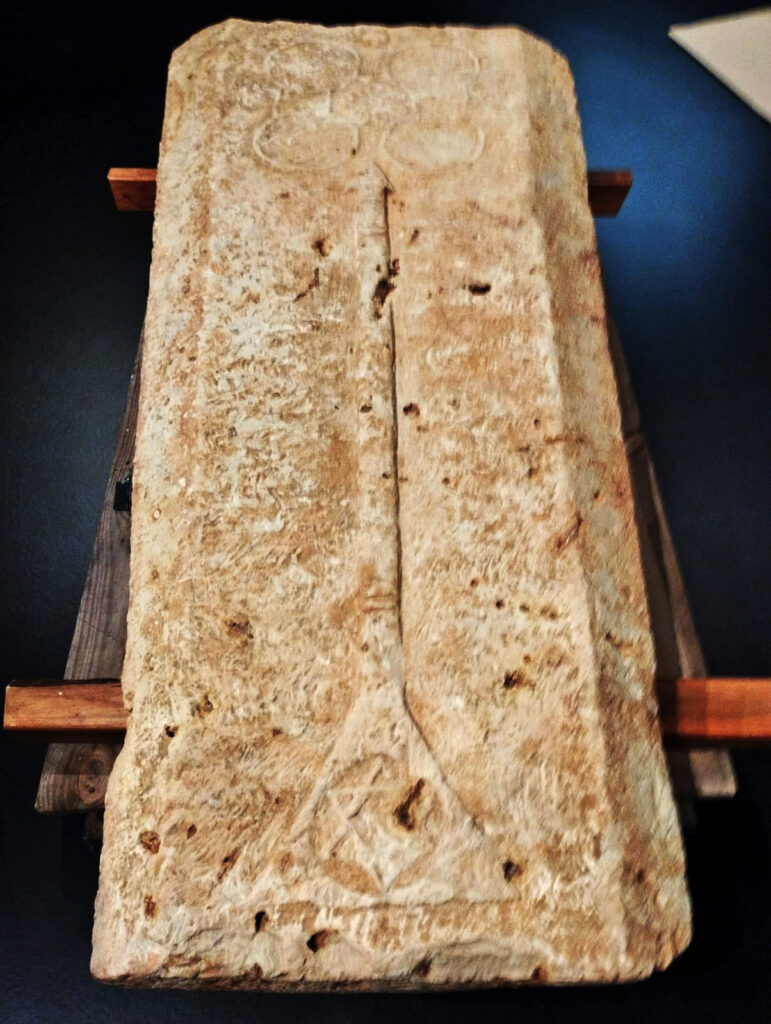
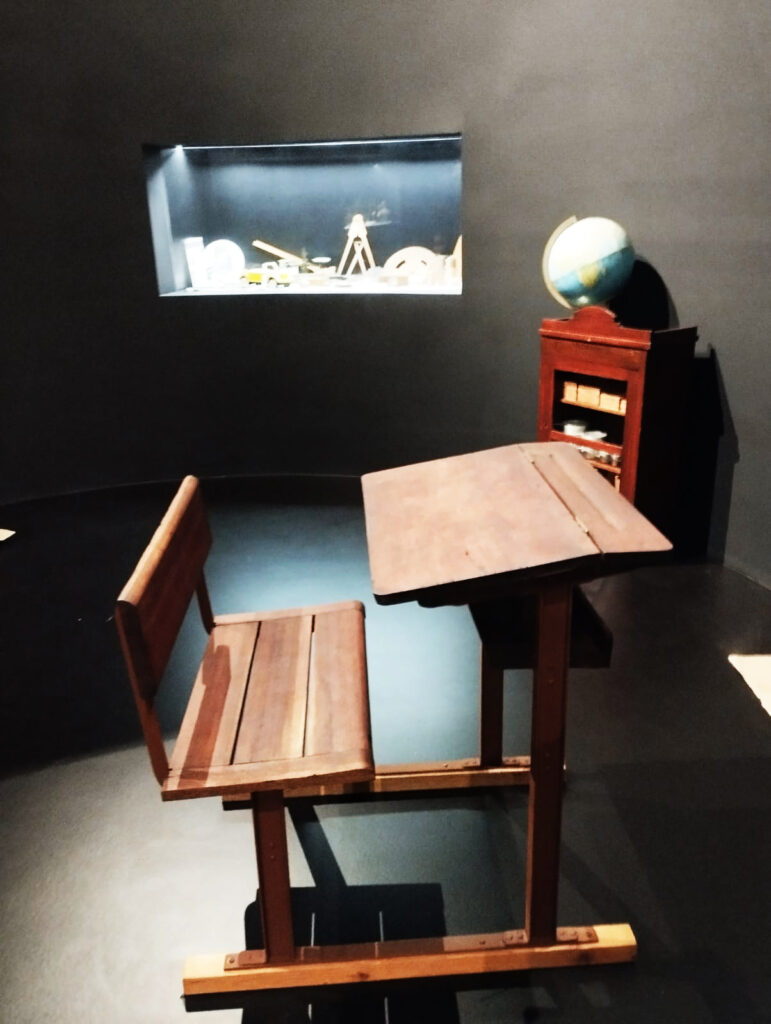
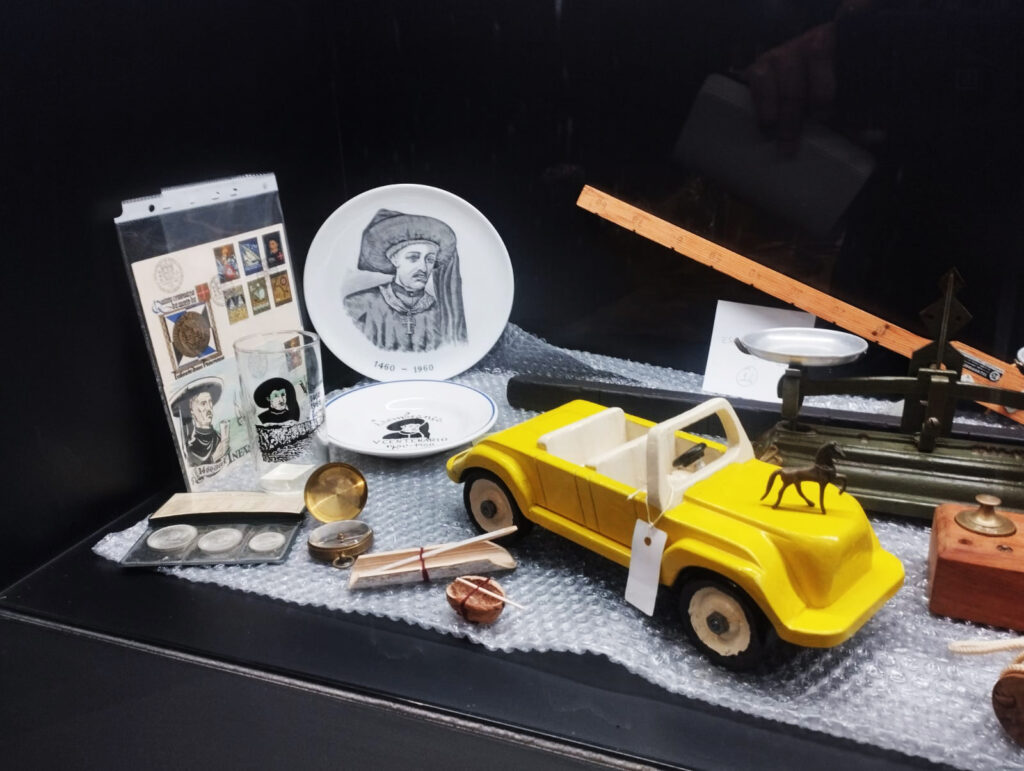
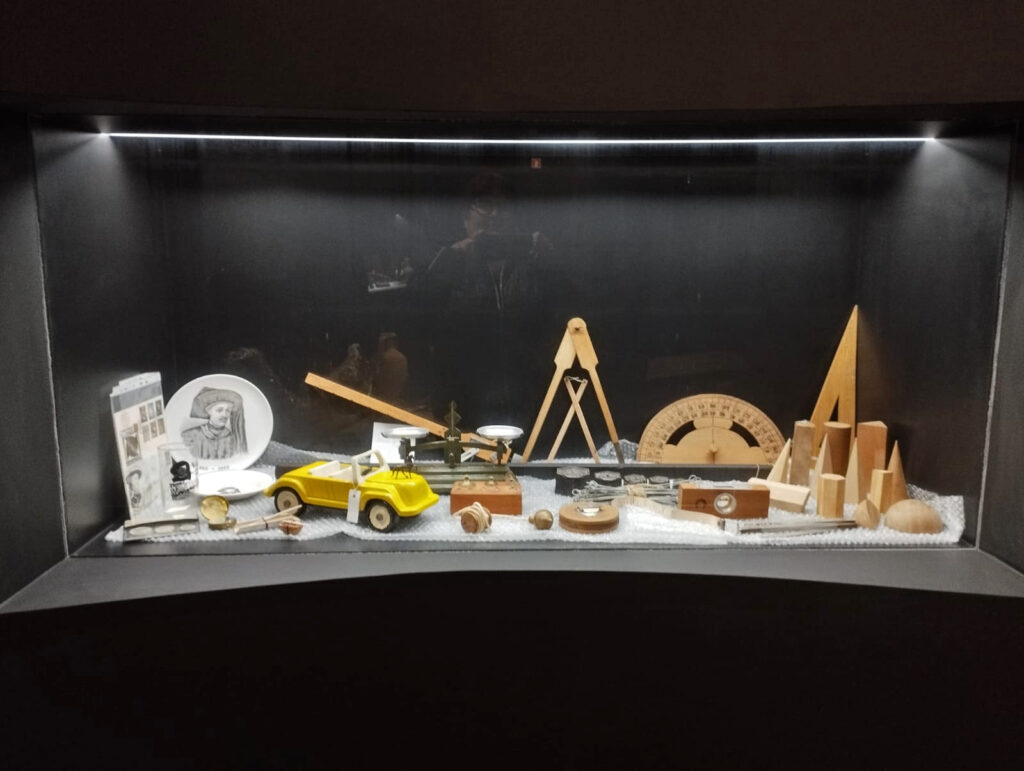
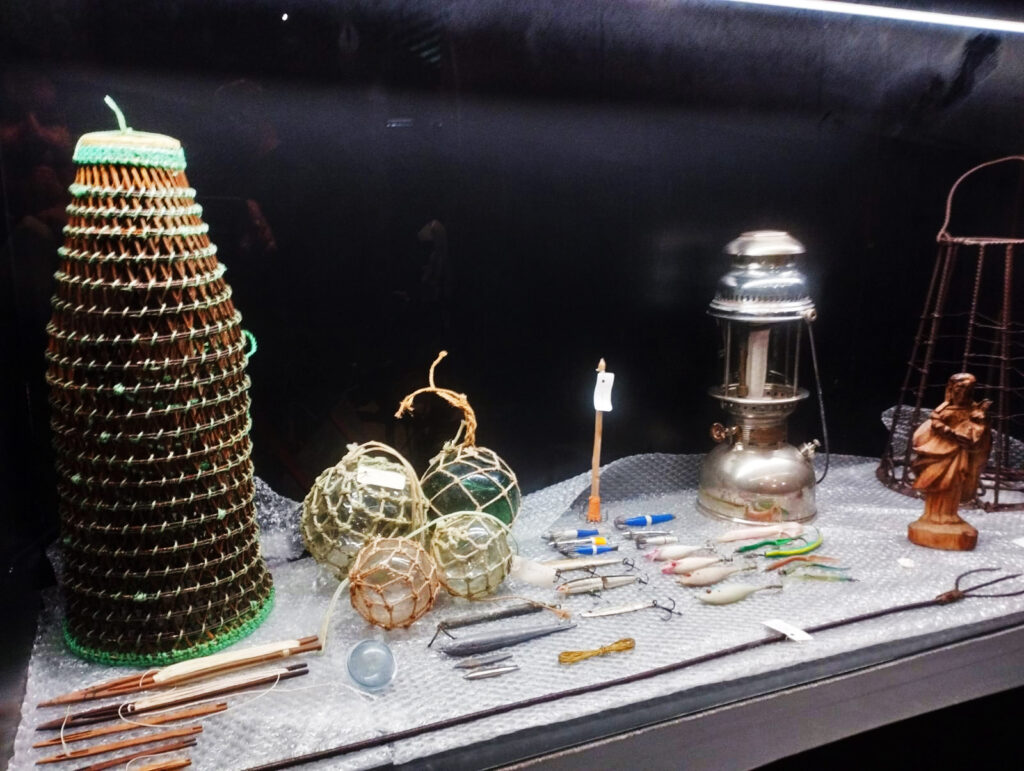
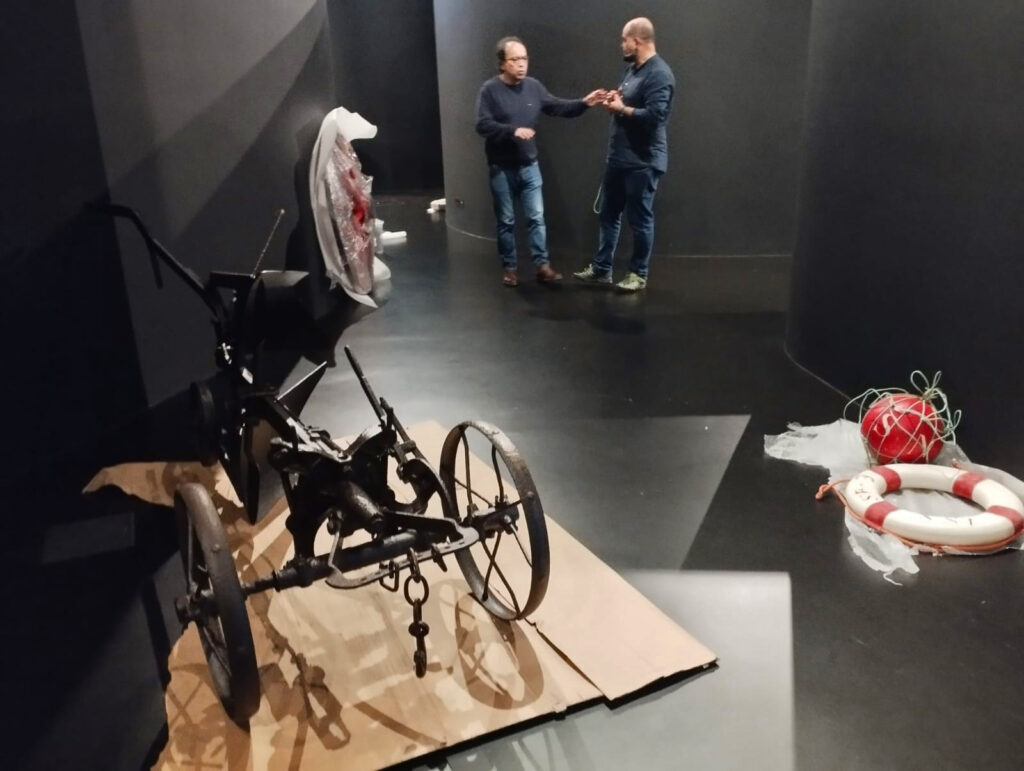
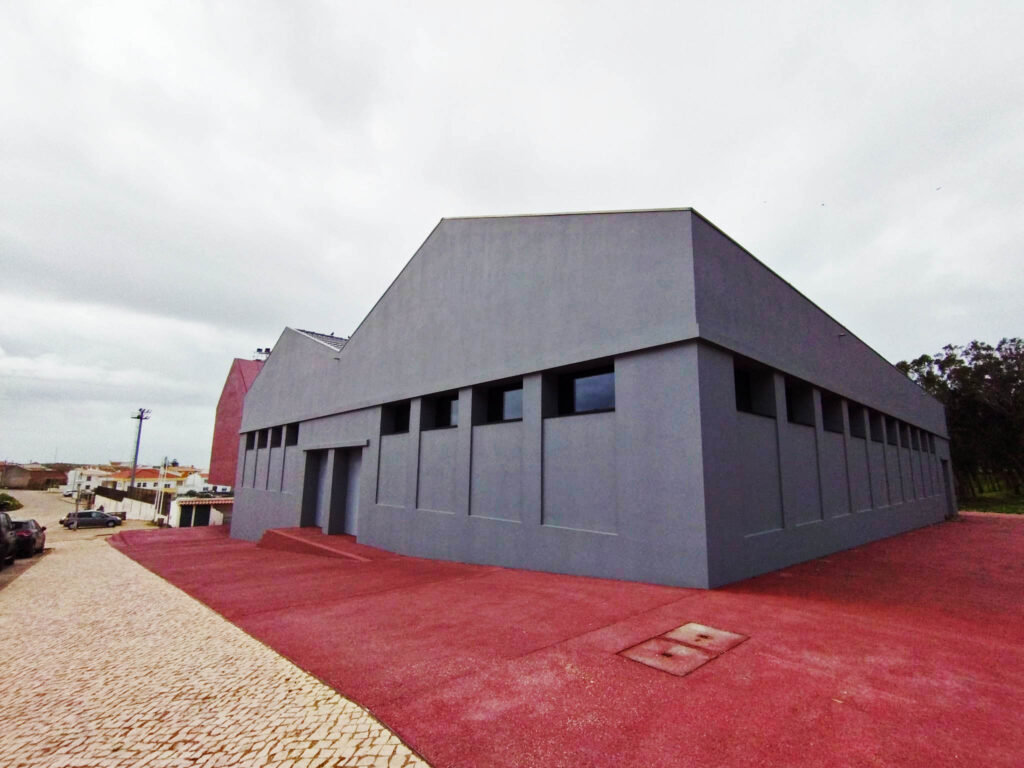
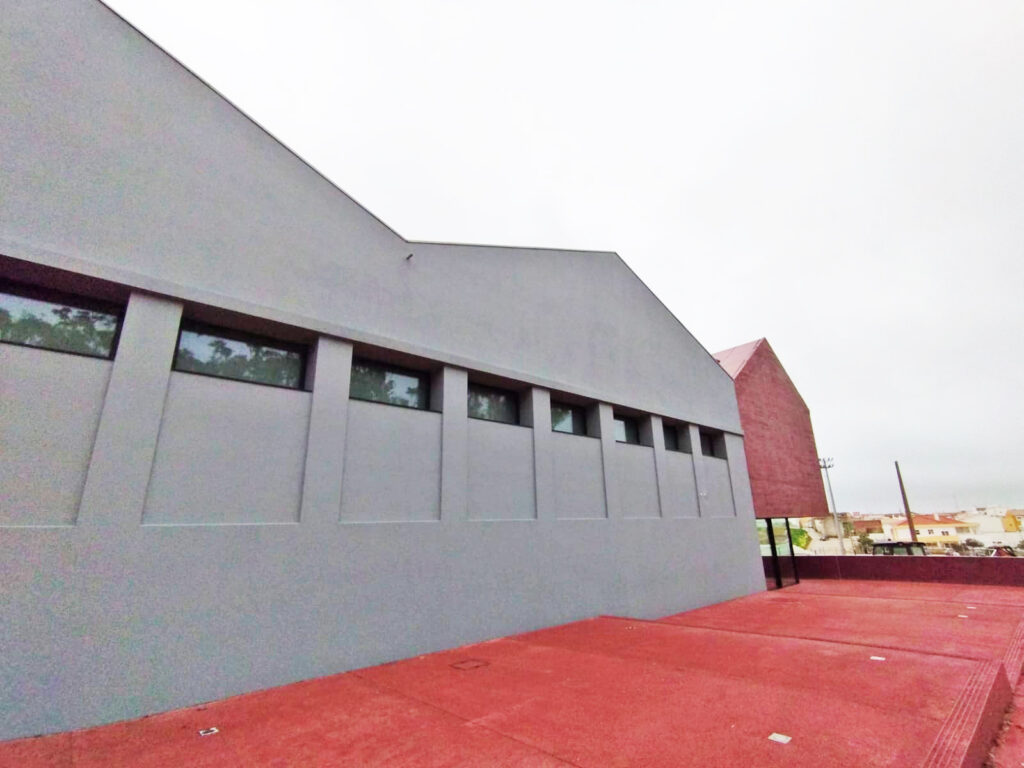
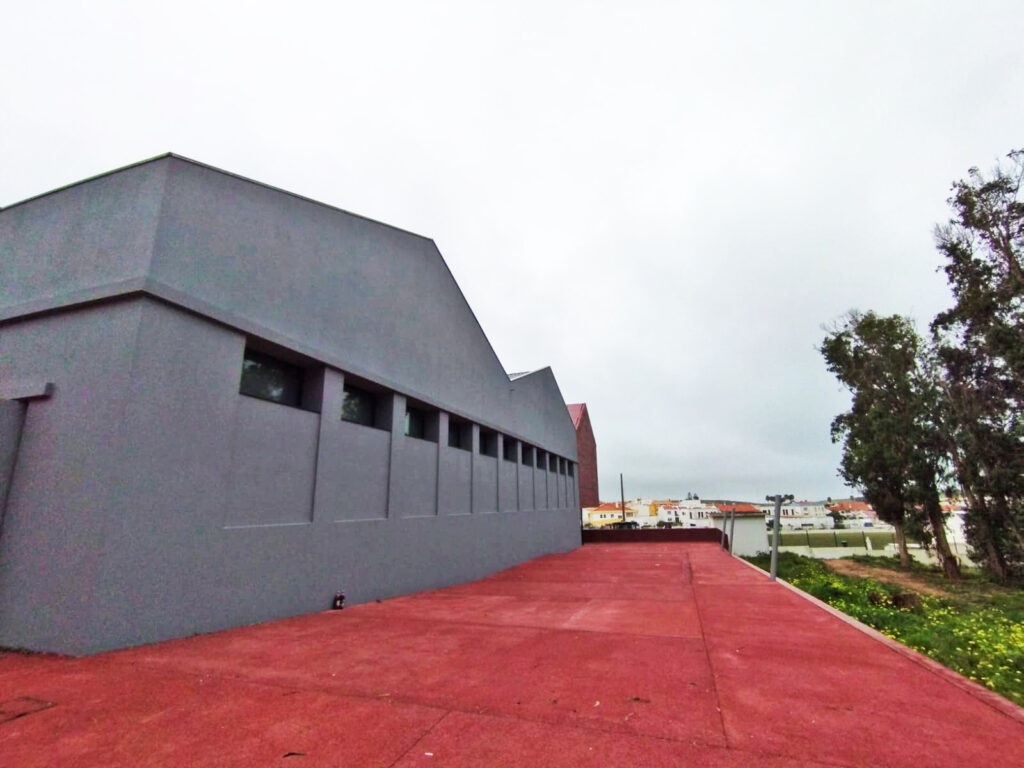
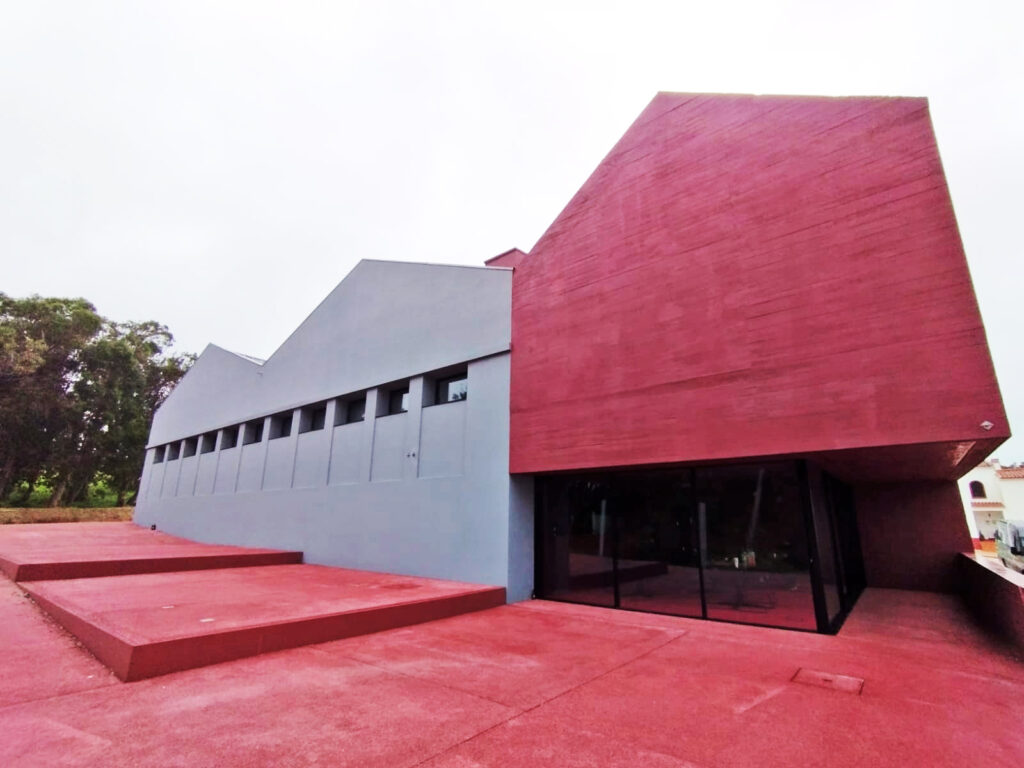
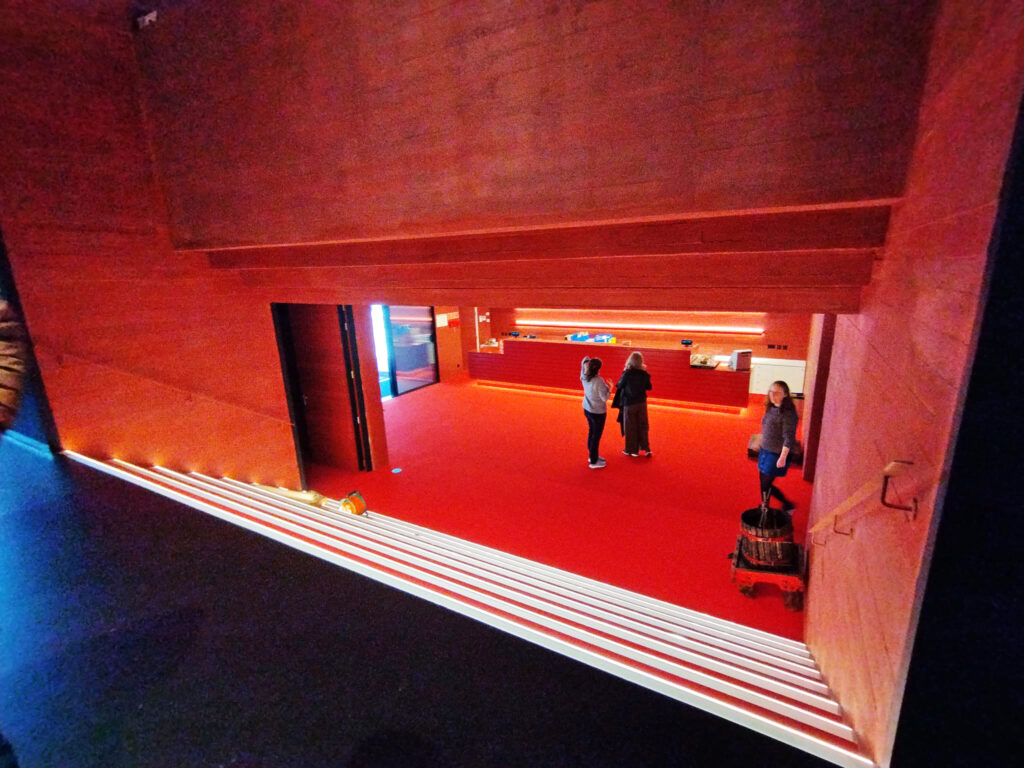
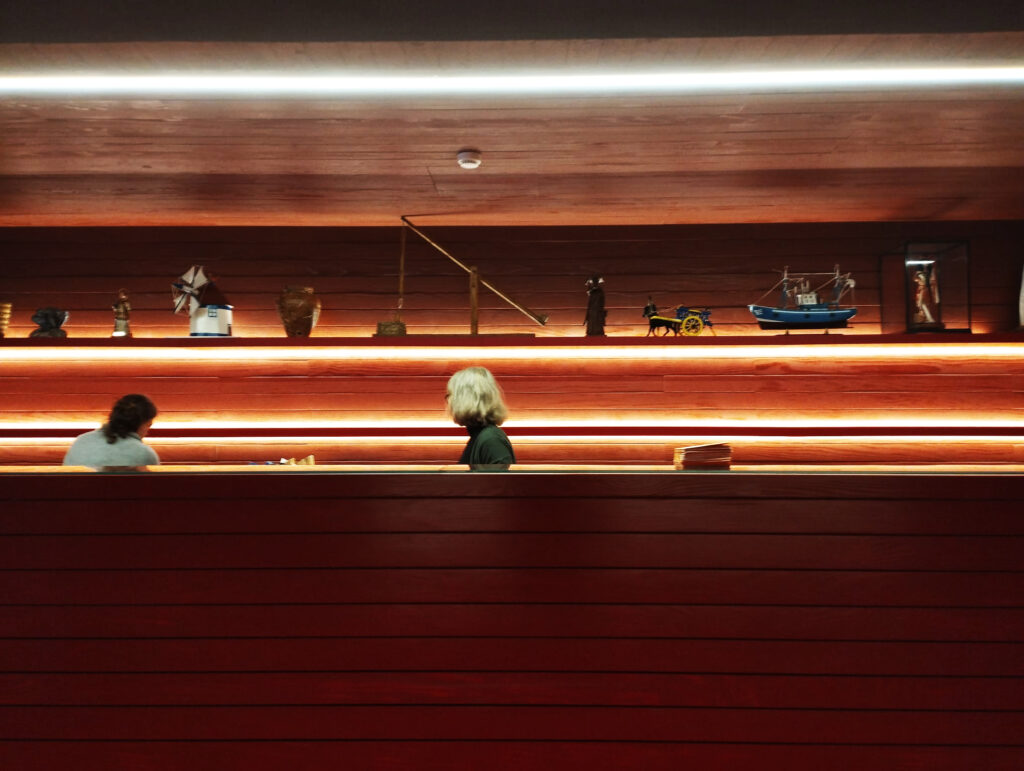
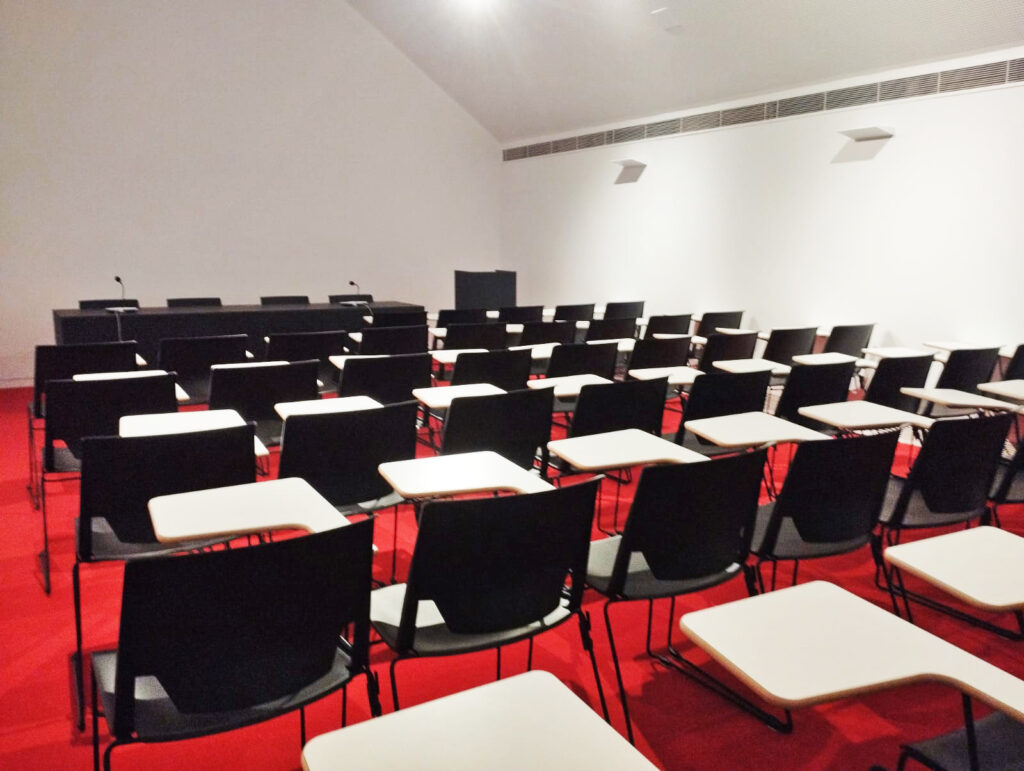
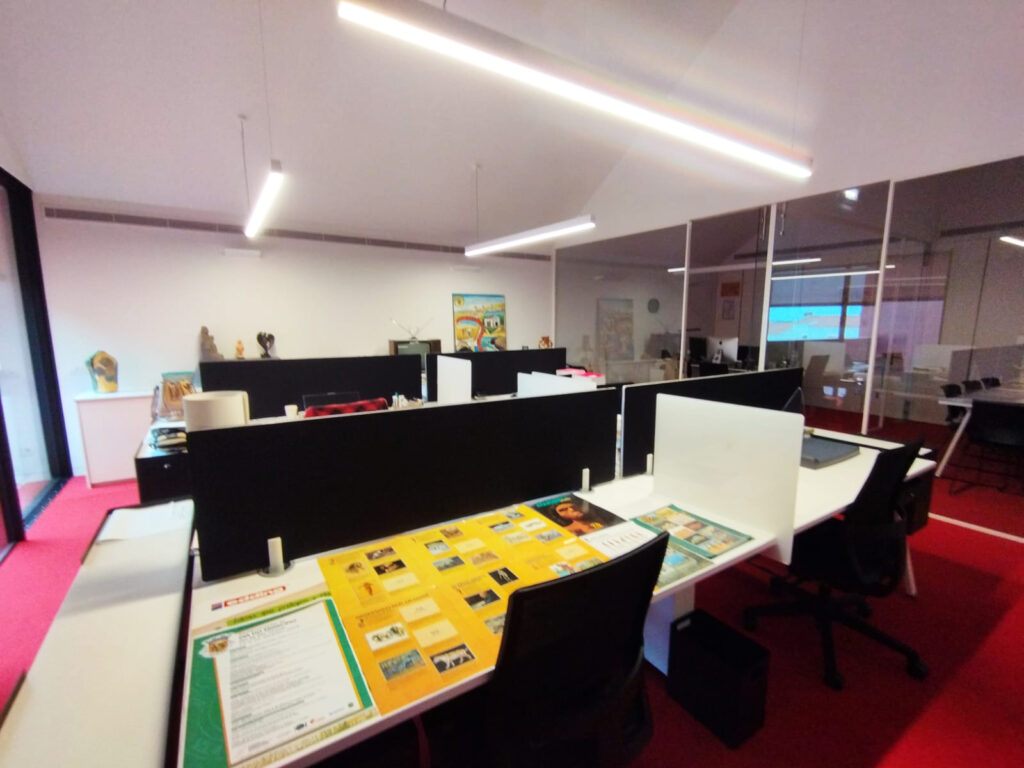


















Comments